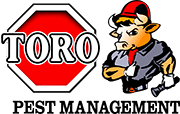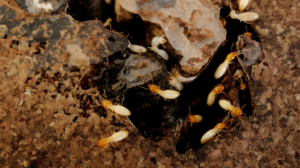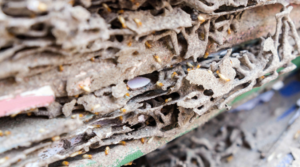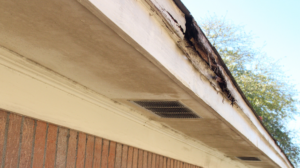Whether you are an educationists trying to know more about stink bugs or just a house owner trying to get some details about this household pest, this article will give some brief details you need to know about stink bugs. Generally, the study of insects like the stink buds is called entomology.
As a frustrated homeowner, you may be looking for information on how to stop the manifestation of these bugs in your home. Sure, you don’t like sleeping in the same room with these stink bugs crawling on your window. Likewise, farmers can seek to protect their crops against the infestation of pests on their farm.
History of Stink Bugs
Sting bugs were believed to evolve from North America although this is still on contention till today. Some other definitions purported that stink bugs are native to the Asian sub-continental regions, such as China, Korea, and Japan. Whichever way, sting bugs reportedly slipped into the US unnoticed by the custom through the border.
The first case of sting buds recorded in the US was in the year 1998 in Allentown, Pennsylvania. Currently, there are reports of sting bug manifestations in over 33 of 46 lower states in the continental US. Ro makes the issue worse, stink bugs are no longer “visitors” in the States but have rather established a territory in North America.
Stink Bug Self Defense Mechanism
One of the most annoying features of stink bugs is the stench they release as a self-defense mechanism. This stench is so in odor that it repels almost all potential predators that come their way. This is where they get the name “stink bug”.
Agricultural and Urban Threats
Stink bugs have not been reported to cause any direct damage to human beings. They are not bloodsuckers and they don’t bite or sting. However, they tend to pose a serious problem to common household materials.
Sting bugs, however, pose a serious problem to the agricultural industry. In Japan, for instance, sting bugs pose a serious threat to their fruit crops. Likewise in the United States, sting bugs reportedly feed on fruits and vegetables. They feed on foods including, but not limited to peaches, apples, cherries, pears, soya beans, raspberries, and green beans.
Stink Bugs inside Your Home
Apart from their offensive smell, what are the major effects of stink bugs in your house? These bugs are known for the high success rate of multiplying and taking over your home. The survive more in warmth and tend to seek entrance into your home during the autumn season. As the weather becomes cooler, they start to seek shelter in your home where they observe to be warm.
They are very good in gaining access to your home. They can enter through the window spaces and through the holes of the air conditioner, kitchen vents, and other pipes.
What to Expect
Now that stink bugs have gained entrance into your house, what should you expect? Well, as said earlier, you don’t need to worry about your health as they don’t bite or sting. However, you need to keep your fruits and vegetables covered or stored in the fridge where these bugs cannot access.
Stink bugs don’t reproduce in the house. They lay their eggs on plants so this doesn’t really matter to you. However, if you have plants inside your house, you may need to check them from time to time for bugs’ infestations.
Eliminating stink bugs
Unlike other insects, stink bugs have specialized ways of eliminating them. In your house, for instance, you should avoid their stench when trying to kill them or else, you may pollute the air of your home. If you or a friend needs a professional stink bug removal from home









